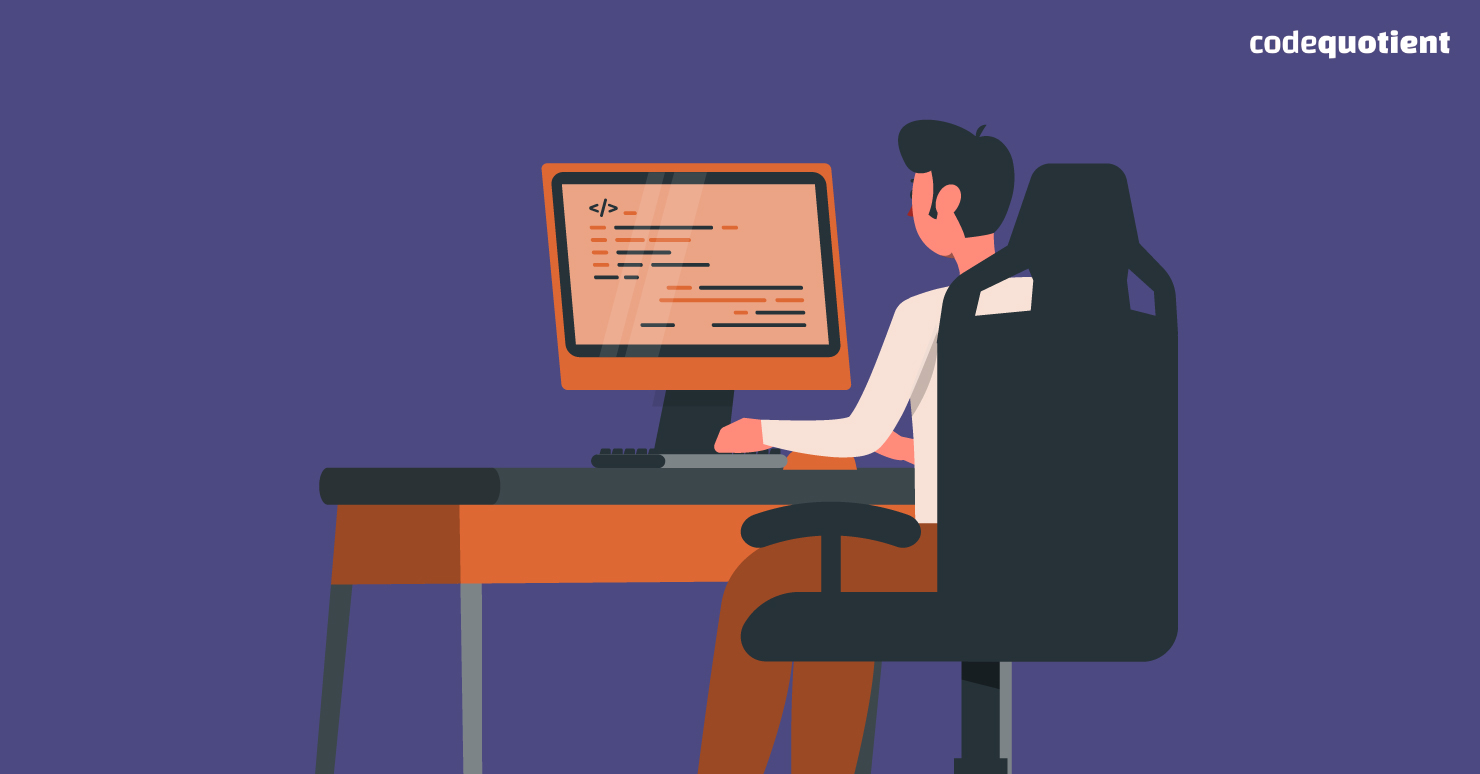For the most part, learners are accustomed to traditionally learning to code. But, game-based learning (GBL) is slowly penetrating the programming curriculum, just as it did for regular academics.
Traditional classroom courses, including coding, are built on tedious teaching methodologies; they lack interactive elements, and therefore students lose interest in learning the course.
But game-based learning piques the curiosity of learners to learn and grasp programming concepts in programming courses. It is also appropriate for all types of coding students in the classroom, including slow learners.
Continue reading to see how game-based coding stacks up against traditional coding and why you should choose one over another.
What is Game-Based Coding?

Game-based coding is a sophisticated method in which the student is dynamically involved in the learning. This learning strategy completely replaces the traditional or old learning techniques.
Researchers define a game-based learning strategy as a voluntary, immersive, and enjoyable learning activity in which inspiring objectives are followed according to established rules.
Combining computer games with educational goals and objectives stimulates and motivates students and provides them with interactive and innovative learning opportunities.
The brain’s right hemisphere is activated when learning new things, which is associated with creativity and images but not with linguistic processing: this means that no matter how much teachers talk, students do not always retain information.
But the “learning through play” methodology (GBL) includes visual aids, videos, and other interactive and participatory concepts. As a result, it is a more comprehensive, adaptable, and practical learning model than the regular course.
Traditional Coding Vs. Game-based Learning (GBL) Courses: How’s GBL Better?
Because of the popularity of gaming, game-based learning (GBL) is one of the models frequently promoted as a panacea for educational problems.
In recent years, this nudge to an alternative and more interactive way of learning has gained prominence. Here’s a look at a few of the distinctions of game-based coding:
1. It is authentic
This is one of the most intriguing areas where GBL sets itself apart from traditional classroom instruction. In fact, GBL has a distinct advantage over project-based learning.
You simply cannot engage in an authentic learning exercise in a classroom unless you have access to a virtual world within the classroom. Students may be able to do just that with the help of games.
The entire premise behind games is that they allow learners to engage in virtual reality simulations that can mimic real-world situations and elicit the same emotional and learning responses in the brain as doing the actual activity.
2. Enhances student engagement
Games and play have had a hidden agenda for teaching since time immemorial. This is why animals play, and we encourage our young children to do so—playing aims to push new learners to engage with the activity and environment first-hand.
When it comes to game-based coding, learners reap the benefits of interactive learning. For instance, when coding simple games or apps., learners are pushed to imagine scenarios where the characters will interact.
Moreover, studies have found that game-based learning increases children’s self-confidence by 20%. The same applies to game-based coding as well. As they progress through the levels, children feel a sense of success.
3. Creative and innovative thinking
Game-based coding pushes learners to apply their creativity to solve problems and think critically to achieve better scores. For instance, game-based coding motivates students to improve their performances and meet the course learning objectives.
This gaming environment offers a variety of levels with varying time limits and scores earned based on the completion of stages. Some elements of game-based coding may include challenges such as completing the code, dragging and dropping, troubleshooting and guessing the output.
All these activities are designed to trigger creative thinking in learners to find the solution. The result is that learners use their real-time critical thinking to solve, which may not be possible in traditional learning.
CodeQuotient’s New Approach to Coding
India’s traditional higher education model has certain flaws, especially in a field as dynamic as IT. Things change quickly in the IT industry, and incorporating those changes at an institutional level can be difficult.
CodeQuotient is bringing talent to places where it is valued by partnering with both colleges and businesses. CodeQuotient Academy is an innovative approach to teaching by bringing together the best of online and offline education to provide the best job-oriented training to a wide group of students.
It does not add to the workload of students who are unable to handle separate college hours followed by another boot camp. Learners can get hands-on in-classroom training from CodeQuotient Academy to help them prepare for the difficult interview process. Learners from CodeQuotient Academy are not only prepared for the interview but also imbibed with the key skills that will make them valuable employees for their respective companies.
To summarise, CodeQuotient Academy addresses the major issues that students and colleges face when it comes to finding work. Know more about it here.




